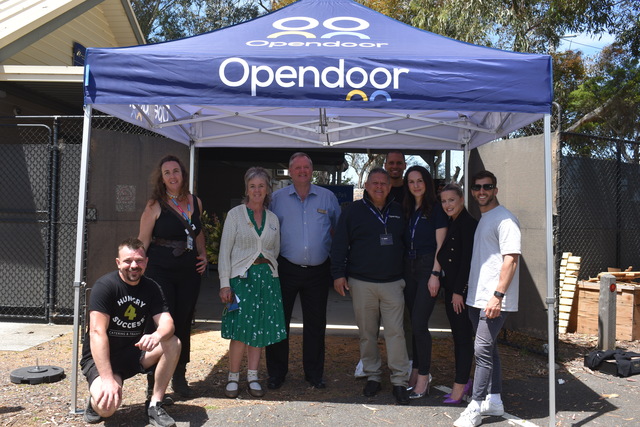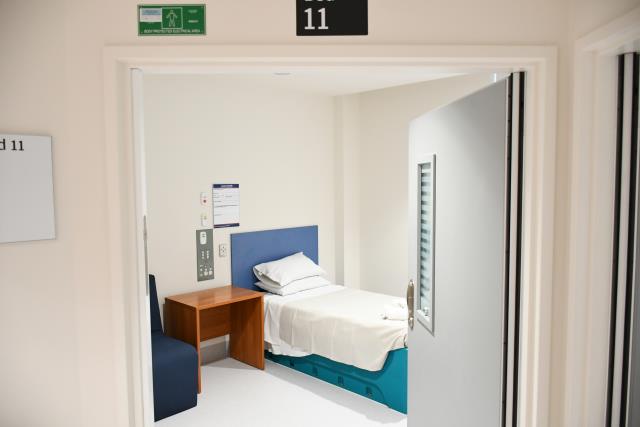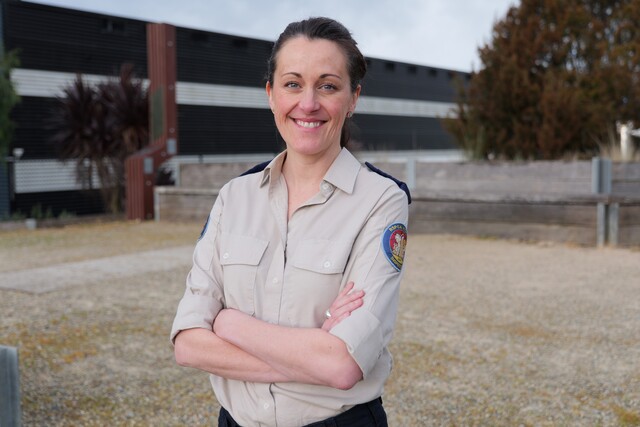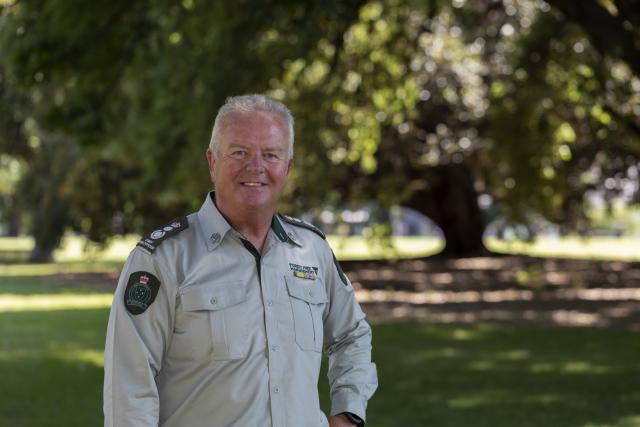Parents in the Yarra Ranges are being faced with a shortage of childcare options as new research shows 72 per cent of the Casey electorate is a ‘childcare desert’.
The analysis from Victoria University’s Mitchell Institute revealed childcare access in Casey is the worst in Victoria, with four children vying for every one spot in care.
The data showed there were 5350 families in Casey currently using childcare with 7470 children going to the service.
“[The] distance between a number of towns with small communities is likely an influencing factor on childcare accessibility issues – with people living in neighbouring towns needing to travel some distance to access childcare,” Hannah Matthews, education policy fellow at Victoria University’s Mitchell Institute and co-author of the report said.
Of the 1.1 million Australians who need to drive 20 minutes or more for daycare, most are made up of families from Regional and rural towns according to the research.
“The most access to childcare is found in wealthy electorates and electorates that cover the CBD areas of major cities. These are also the electorates with the highest childcare fees indicating that providers are attracted to areas where they can charge higher fees and parents have capacity to pay,” Ms Matthews said.
A labour shortage in the sector may also be a factor with the vacancy rates for childcare workers almost doubling over the past two years, an issue Brooke Eerden, manager at Dandenong Ranges Childcare Centre said runs industry-wide.
“Most of the educators and people in the industry seem to work further towards the city and it can be quite a long commute. But there’s public transport, it’s easily accessible. It’s just the distance – that’s the feedback I’ve had from the agency,” Ms Eerden said.
“It causes me stress when I have a parent in front of me who’s close to tears, because she needs to go back to work in two months and she can’t get in anywhere.”
Some 144 children are awaiting places at Ms Eerden’s privately-owned Upwey centre, including both new families and existing parents needing care for longer periods of time as they balance childcare with work.
Ms Eerden’s wants parents to be made aware of the lack of childcare services in the area so guardians can prepare for the struggle of finding the support of childcare centres.
“If I could tap into the midwives I’d go back that far – because I do have people on my waitlist…where they’re not pregnant with their second child yet but they know that they’re going to be trying and they’ve already put them on the waitlist, because they know how hard it’s going to be to get that second child into care.”
Victoria University’s Mitchell Institute analysis of out-of-pocket expenses data tabled in Senate Estimates suggests the average cost for the first child using centre-based day care, based on 30 hours per week average, is about $5,000 per year – more than the average fees for a non-government primary school.
“Childcare access is crucial for families where a parent is seeking to return to work. This has particular importance at the moment with some families potentially seeking to return to work or take on more hours of work to help cover the rising cost of living,” Ms Matthews said.
Victoria University’s Mitchell Institute said the percentage of children aged 0 to 4 years attending centre-based day care has risen from about 13 per cent in 1996 to 35 per cent in 2017.
A jump that has facilitated recent government action with the Federal Government’s Child Care Subsidy, cutting family’s out of pocket childcare expenses by up to 85 per cent depending on income, the number of children in care and the hours of activity completed by parents.
Ms Eerden said the same issues pre-covid still remain in the sector, also supported by Mitchell Institute data suggesting internet job vacancies in childcare occupations are in fact at a record high, sitting at well over 5,000 advertised jobs in 2022.
“It’s not good,” the Upwey childcare manager said.
Cockatoo Community Childcare declined Star Mail’s interview request.







